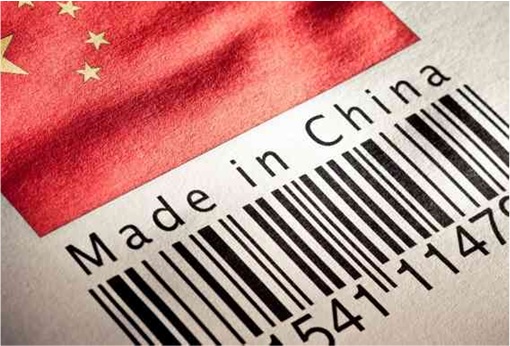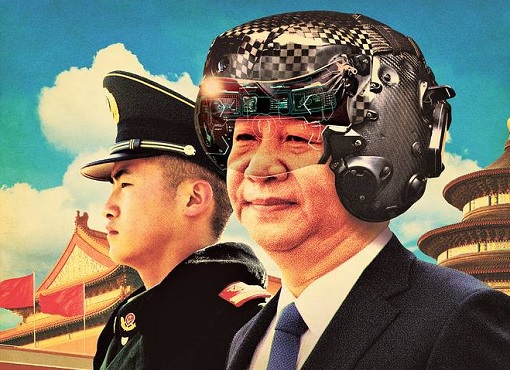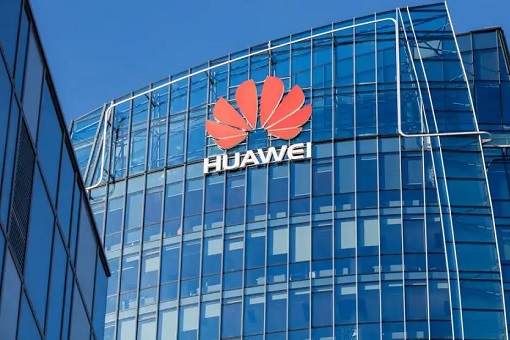China, if not stopped in time, will absolutely become the world’s new leader in technology. It’s a public knowledge that China is working tirelessly to catch up with rivals like the United States and Germany in high-end technology. Enter “Made in China 2025” – a strategy plan to move the country’s manufacturing up the value chain.
The scope of coverage of the grand plan to transform the country into an advanced manufacturing economy involves 10 key sectors – including information technology, robotics, aerospace and clean-energy cars. In addition to those 10 industries, China has also introduced a separate development strategy for Artificial Intelligence (AI) last year.
The Middle Kingdom realizes that as its economy transitions away from labour-intensive industries – such as clothing and footwear manufacture – a shift into higher-tech manufacturing is a crucial part of its development, and survival. The days where labour costs were cheap and young workforce was in abundance are slowly but surely disappearing.

In the wake of trade war between the United States and China, President Donald Trump plans to raise the tension to a new level – by disrupting or at least frustrating the “Made in China 2025” blueprint. Yes, it was not all about free and fair trade, as Trump would like the world to believe. The trade war with China was also to stop the Chinese from becoming a technology leader.
As reported by the Wall Street Journal, Trump has two simple strategies to stop China from achieving its ambitious plan. First, Trump plans to bar many Chinese companies from investing in U.S. technology firms. Second, Trump plans to block additional technology exports to China. The twin initiatives were reportedly scheduled to be announced by the end of the week.
The Treasury Department is currently drafting rules to block companies with at least 25% Chinese ownership from buying companies involved in what the White House categorises as “industrially significant technology”. Additionally, the National Security Council and the Commerce Department are putting together plans for “enhanced” export controls – designed to keep such technologies from being shipped to China.

Already, foreign investments must pass inter-agency review under the Committee on Foreign Investment in the U.S. (CFIUS), to determine whether they violate national security. CFIUS has been credited for having halted Chinese purchases of U.S. semiconductor companies. A bill to make CFIUS reviews even tougher is making its way through Congress.
U.S. Treasury has justified that a stricter CFIUS would go a long way to protecting U.S. technology, and any additional restrictions must be narrowly focused. In March this year, Donald Trump issued an executive order barring Singapore-based chipmaker Broadcom from acquiring California-based semiconductor designer Qualcomm in a US$130 billion deal.
Although the Broadcom-Qualcomm deal had nothing to do with China, a letter drafted by the US Treasury Department raised concerns that the takeover could potentially cause the United States to fall behind China in the development of 5G. The U.S. department argued that because Broadcom would reduce R&D, China would likely compete robustly to fill any void left by Qualcomm.

In its latest targeting on Chinese tech companies, the U.S. slapped a 7-year ban on ZTE Corp.’s purchase of components from American suppliers in April. The U.S. said ZTE had ignored its pledges to resolve a sanctions dispute and then lied about the matter. In the same breath, the U.S. Justice Department is also investigating whether tech giant – Huawei Technologies Co. – violated sanctions.
It’s not hard to understand why the U.S. has been so terrified of China becoming a new leader in technology. The Chinese are bloody good in copying and stealing American technology. After ending Japan’s dominance of Asia’s high-technology exports in 2014, China quickly develops itself as a force in areas such as renewable energy to electric cars to producing its own airliners.
U.S. companies have complained for ages that China uses dirty tactics to force them to transfer intellectual property (IP) such as industrial designs and patents. Chinese companies involving in advanced manufacturing and technology are state-owned hence they have massive investment and subsidies backing. Therefore, foreign companies fear they won’t be able to compete against such companies.

On June 15, the Trump administration announced that it would impose a 25% tariff on up to US$50 billion of Chinese products. Beijing retaliated with its version of US$50 billion tariff. Three days later, Trump requested the United States Trade Representative to identify US$200 billion worth of Chinese goods for additional tariffs at a rate of 10% – to retaliate against China’s retaliation.
Other Articles That May Interest You …
- China Could Do A South Korea On American Companies, And The Strategy Would Seriously Hurt Trump
- Trump Threatens China With $200 Billion Tariffs – Here’re 3 Options On The Table For China
- US-DOJ Investigates Huawei For Violating Iran Sanctions – It’s All About Business, Stupid!!
- China Reveals Strategy To Fight U.S. Trade War – Stop Buying American Debt
- Copycat Goes High-Tech – China Wants To Export Jet Engine Technology To Germany
- Unhappy With Moon, China Makes U-Turns And Bans South Korea … Again
- Bill Gates Reveals Top-3 Promising Careers & Advices For College Students
- China Invasion – Top 10 American Iconic Brands Now Owned By Chinese
- Why China Can “Take” Any Island In South China Sea … And Get Away

|
|
June 25th, 2018 by financetwitter
|


|

|

|

|

|

|




























what did american companies got in return for transfering tech?